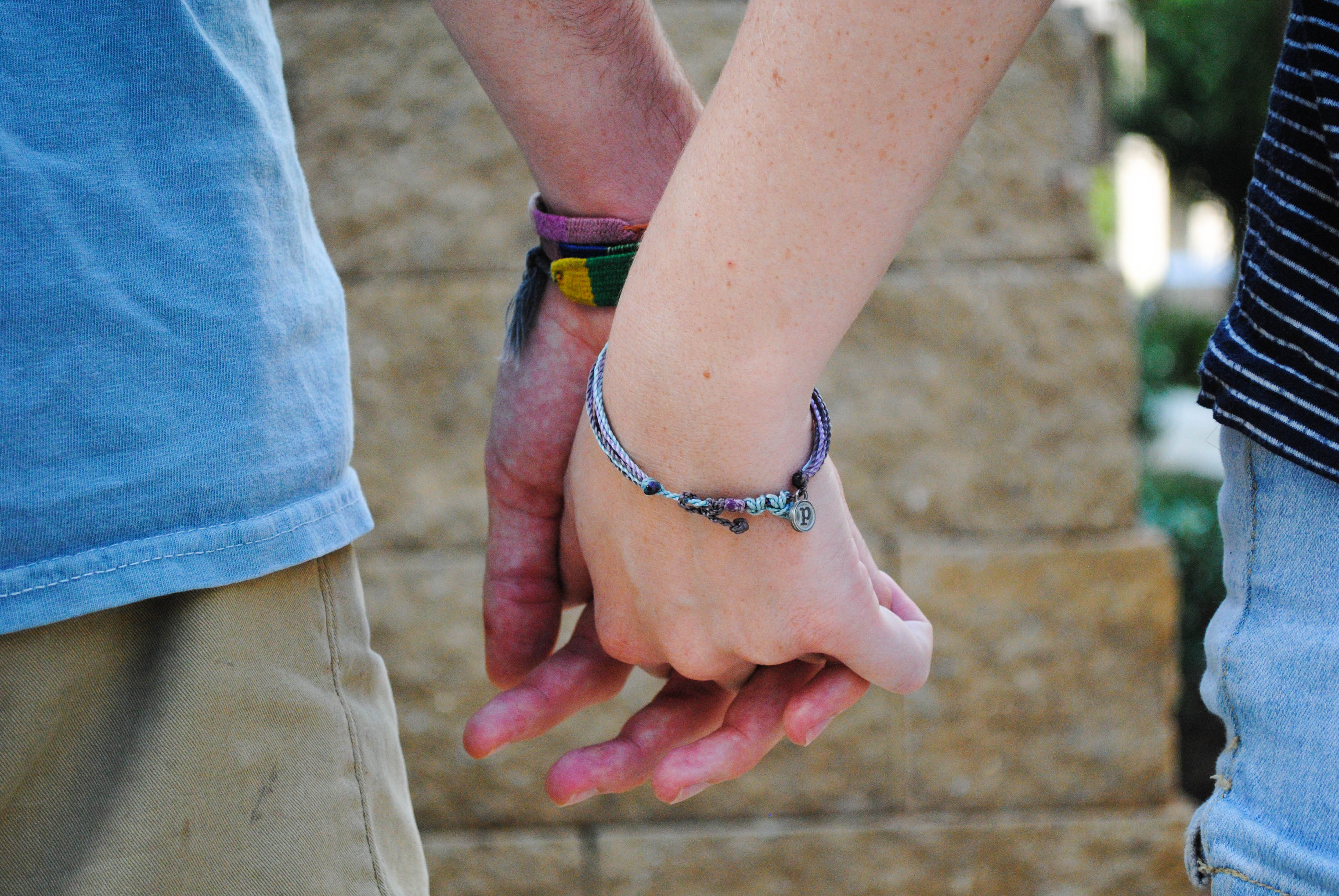It is easy to gender people as a reflex — people make categories to make sense of the world around them, and gender stereotypes are no different. Nonbinary people crave to get beyond the bounds of gender in a sex-segregated society, according to the New York Times.
There can also be confusion when nonbinary itself is considered its own category of gender instead of going beyond the gender limits. Nonbinary people elude a simple definition for their own gender as well as a definition in general.
The sex binary is like a diagnosis and can be oppressive, leaving little room for gender-creativity, according to the New York Times. The idea of not existing in neat categories is a threatening idea for some who disregard nonbinary identities.
Nonbinary people ache to feel accepted and authentic in their own skin as well as within groups of classmates and coworkers.
Neopronouns have recently reemerged as a new way to express gender and be referred to, according to the New York Times.
Gender policing is common even in the LGBT community. Binary transgender people can hinder nonbinary transgender people from getting the support they need, according to the New York Times.
Nonbinary people can attract a lot of questions, the main bothersome question being, “What are you?” Being told to pick a side and choose a gender when one doesn’t feel comfortable with man or woman is difficult.
States have made progress to be accommodating to nonbinary people, but it barely leaves a scratch in the harassment and disparity of not belonging to one binary or the other, according to the New York Times.
Gender is a learned behavior and nonbinary people know it well. Gender can be described as a performance or as play, according to the New York Times.
Some parents even choose to raise their children gender-neutral, allowing them to pick their pronouns and gender when they feel like it, according to The New Yorker.
The segregation of toys creates a separation in learning skills in young people that can easily be mentored through eliminating the pink and blue of toy aisles and validation from parents no matter which toy the child chooses.
The nonbinary population mostly consists of young people, from as young as 6 to young adults, though older adults also identify as nonbinary, according to the New York Times.
Kennesaw State should make more moves to include all genders, such as using the singular they pronoun in place of his or her. More sensitivity and awareness of other gender identities should be implemented.


